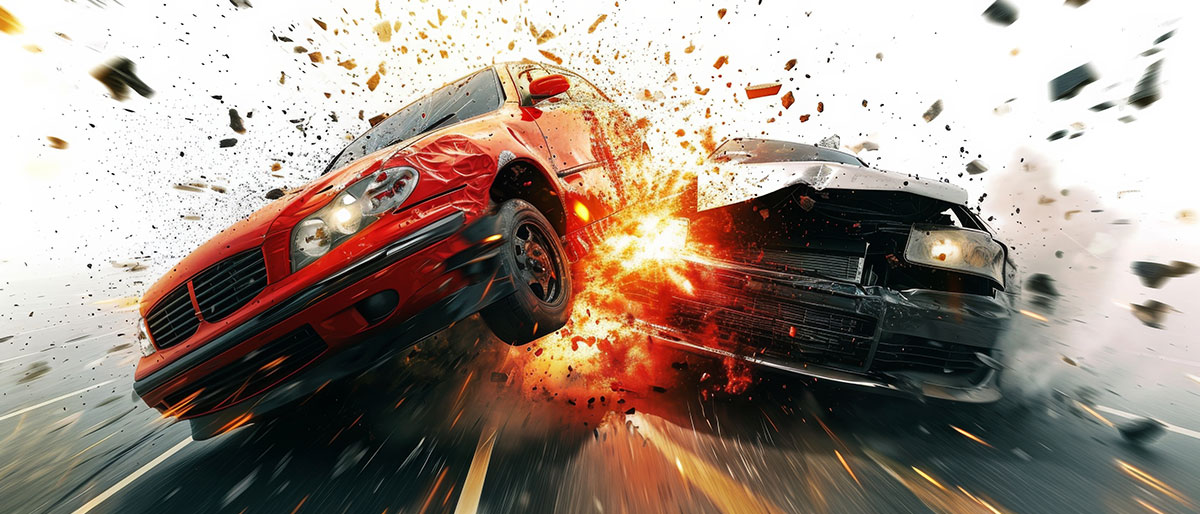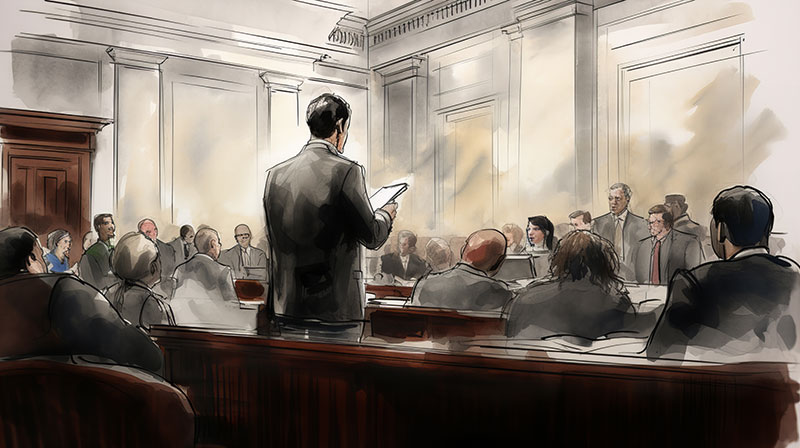Legal Animation
Animation has gained significant popularity in television advertisements, primarily attributed to its visual allure and ability to inject humor. Certain animated characters, like Snap, Crackle, and Pop from Kellogg's cereal commercials, have managed to sustain their presence for several decades. Tex Avery, the individual responsible for producing the inaugural Raid Kills Bugs Dead advertisements in 1966, played a pivotal role in the company's remarkable success.
To achieve the illusion of seamless movement in these rendered, painted, or digitally-created visuals, careful consideration is given to the frame rate - that is, the frequency at which consecutive images are displayed per second. Typically, animated characters are captured at a "two-frame" rate, wherein a single image is exhibited for two frames, resulting in a total of 12 illustrations per second. A frame rate of 12 frames per second permits the presence of movement, although it might appear fragmented. In cinematography, a frame rate of 24 frames per second is frequently employed to achieve seamless motion.
Animators breathe life into the narrative by positioning characters to perform actions in every scene. They begin by deconstructing an action into a sequence of significant poses known as key frames, which delineate crucial positions. Afterwards, a computer program is employed to depict the object's motion between those key frames in order to effectively communicate the intended emotions through the resulting animation.



